
Sir: The Green Issue (28 September) explored aspects crucial to many fmcg brands’ performance in how overt, or indeed covert, many brands are when it comes to communicating their eco-credentials on their packaging. The spectre of greenwashing still looms large over many eco-claims, which may explain some reticence, but making packaging more ecologically friendly is a no-brainer.
In our experience, many companies have pursued greener packaging choices from a desire to cut costs in one specific area. We have found that a focus on greener deployment and production options - from cutting ink costs by reducing the numbers of colours used on pack through to maximising space on printing plates and simpler pack designs - can shave wastage and boost brand profitability.
Rob Moore, MD, Schawk
All back GroceryAid
Sir: I was interested to read your article ‘Boosting community spirit - and profits’ (21 September, p48). What your article did not mention was the support that GroceryAid, the industry charity, receives from all retailers regardless of size.
It is not just the high-profile charities that benefit from the generosity of our industry, but also GroceryAid. Last year, monies raised by our industry enabled us to spend over £3m on welfare support and around 40% of this benefited current and former colleagues from the independent sector.
It is only through the continued support of GroceryAid by companies across the industry, from the largest factory to the smallest store that we can assist the growing number of people that come to us in times of need.
Jenny Fryatt, communications executive, GroceryAid
In defence of toddler milk
Sir: Sue Davies’ Talking Shop article, ‘Time to end the health hype,’ 14 September 2013, p23), on toddler milks fails to take into account that many toddlers in the UK do not get the nutrients they need from their diet.
Toddler milks are a convenient and healthy way to provide essential nutrients to toddlers, particularly as vitamin drops and supplements are not widely used by parents for infants aged 12-18 months. Toddler milks are specially made for young children and combine the overall benefits of milk with the addition of essential nutrients including vitamin D and iron. Amounts of these important nutrients are not present in whole cows milk in sufficient quantity to meet the growing demands of toddlers.
It is also erroneous to simply state that these milks are unhealthy compared to cows milk. This is simply not true. Toddler milks contain 60% less sodium, less satfat and around half the amount of protein found in cows milk. Research suggests excessive protein during childhood can contribute to the risks of obesity later in life. In addition, contrary to some media reports, toddler milks do not contain added sugar.
It is not appropriate to compare the cost of toddler milk with the cost of cows milk. Not only did Which? fail to take into account the additional cost of vitamin drops and supplements but it also used the higher cost of liquid toddler milks (rather than powdered alternatives more typically used by parents) to sensationalise its article and headline.
Parents, families and carers need accurate and balanced information on how to meet their child’s dietary needs from all organisations, including government, civil society groups and industry. We regret that reports like this simply add to the confusion that many parents already feel about advice on infant and toddler nutrition.
Roger Clarke, director general, BSNA



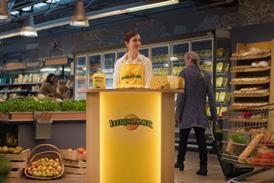
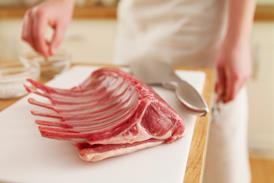



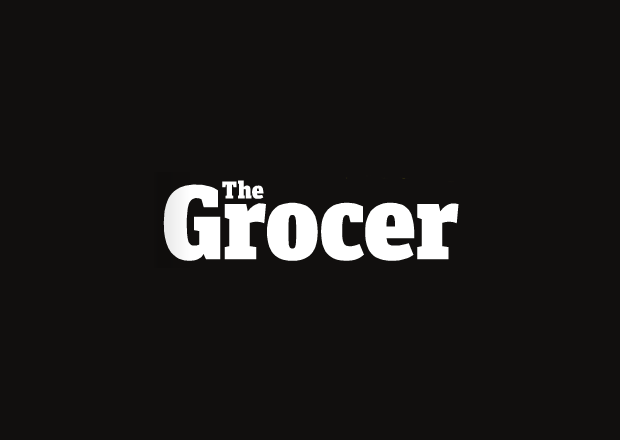
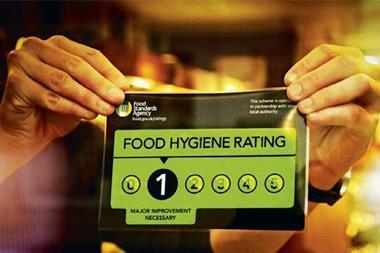
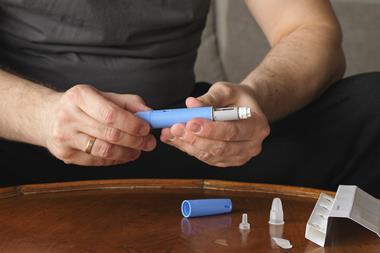
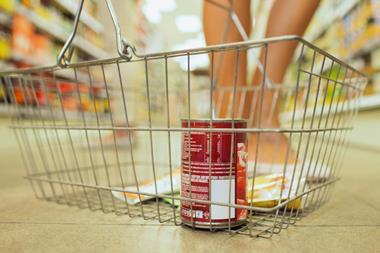
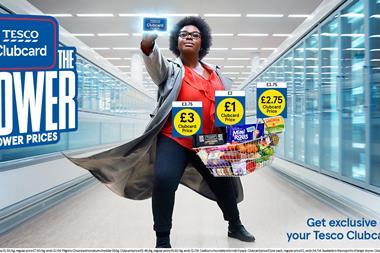






No comments yet